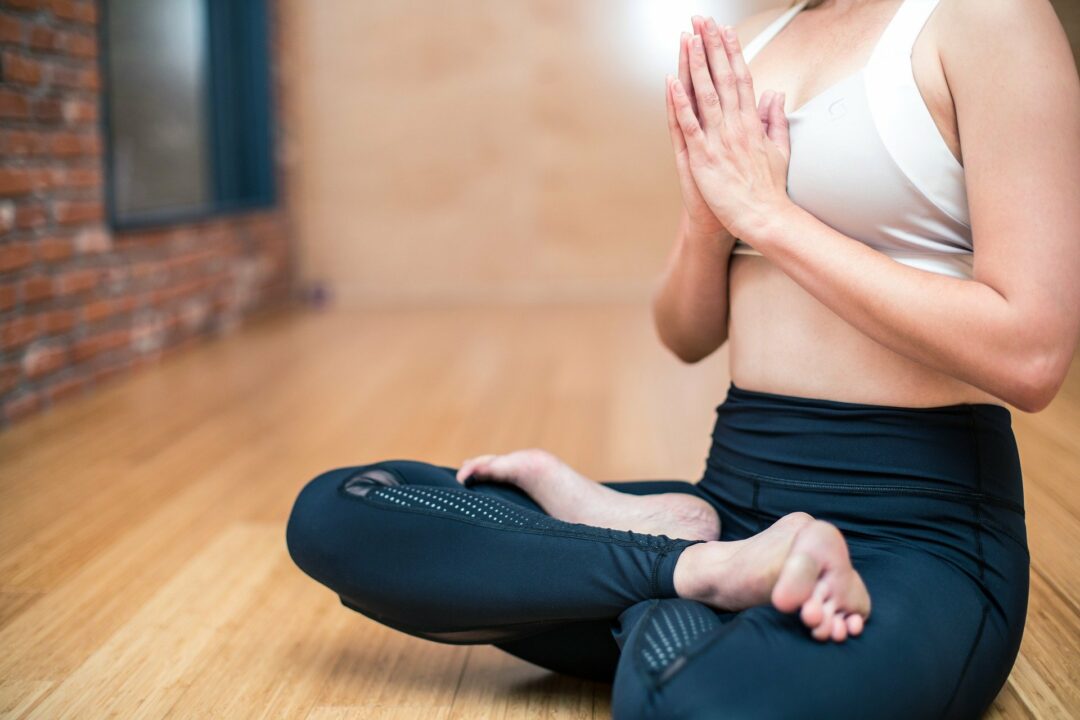Mindfulness Meditation: What Is It and How To Do It Properly
10 avril 2021, samedi

Chances are, you’ve heard about mindfulness meditation in the past but haven’t truly delved into it deeply. In this article, we’re going to discuss what it really is and how you can do it properly. We will also discover its various benefits for overall health improvement.
What is meditation and is it worth your time?
The word “meditation” has been used loosely in different ways. A lot of people think that it’s all about sitting still in silence, but there is more to it than just that.
Meditation is an ancient wellness practice that aims to rest the mind to attain a deeper level of consciousness. It focuses on connecting your mind and body by becoming more aware of yourself, starting with your breathing. The main goal of meditation is to put your mind and body in a rested but alert state.
Hectic schedules can take their toll on your mind and eventually manifest in adverse physical conditions. Pressure, burnout, and stress can lead to a downward spiral in mental and physical health. Many of us fall prey to the thinking that life is busy as it is, we certainly don’t have the time to meditate! However, this limiting mindset may pose as a barrier between you and holistic, healthy living.
Meditation doesn’t take up as much time as you think it might, yet does wonders to help better manage the pressures of life. Instead of feeling overwhelmed, you will approach each day with renewed calm and a sense of purpose. You will also achieve a brighter outlook in life and a greater sense of direction in everything you do.
Is there any proof that meditation truly works wonders for the mind and body?
Meditation has been practiced for thousands of years across various cultures. It is used for myriad purposes such as traditional medicine and wellness therapies. Today, we know that meditation transcends religion and has scientific properties that are still gradually unfolding in various studies.
According to Psychology Today, archaeologists estimate that meditation dates back to around 5,000 BCE. The practice has been linked to ancient Egyptian and Chinese civilizations. It is also practiced in Hinduism, Jainism, Sikhism and Buddhism. However, the earliest written records about meditation are found in 1,500 BCE in India.
But how about recent findings? Is there any modern evidence to suggest that practicing meditation leads to positive outcomes?
Recent research conducted by Harvard University studied the effect of meditation on depressed patients. The result of the study showed that meditation had a major positive impact on various physical and psychological conditions. These medical conditions include irritable bowel syndrome, post-traumatic stress disorder, and fibromyalgia. Meditating also helped some patients alleviate chronic pain, anxiety and depression.
These findings prove what the ancients already knew about meditation. It is highly beneficial for the mind and body. The best thing is that meditating only takes a few minutes each day, and there is no need for equipment.
Understanding mindfulness meditation and why it works
So far, we’ve talked about meditation in general terms. But do you know that there are different ways to meditate? In this article, let’s talk about a particularly effective approach called Mindfulness Meditation.
As the name suggests, this approach combines meditation with a practice called mindfulness. What is mindfulness, you may ask? It is defined as a state of mind where you are focused on the present. This allows you to fully let go of past pains and worries about the future.
By focusing on the now, you can acknowledge your present consciousness without judgment. Your “now” consciousness includes your thoughts, feelings, and sensations.
How often do we find it difficult to focus on the present, because we are too entangled with past events or anxious about the future? We spend too much time feeling stressed about our mistakes and being too anxious about the future. This often robs us of the ability to enjoy the present.
Mindfulness works as a beneficial mental practice that trains you to “be in the moment”. By combining mindfulness with meditation techniques, you will be teaching your mind and body to be calm. This practice works because it allows you to let go of negativity, fear, regret, and worry.
Mindfulness meditation is all about acceptance. Regardless of where you’ve been or where you’re going, you’ll be able to see yourself as you are today without judging it. It’s also about gaining total awareness of yourself.
Proper mindfulness meditation techniques: How to do it right
There are no set rules for performing mindfulness meditation. Techniques can vary, depending on your instructor or personal situation. However, the general concept of mindfulness meditation involves deep breathing and awareness of mind and body.
Forget about your prior notions about meditation. It doesn’t take a lot of props or preparation to get into a mindful state. There is no need for candles, essential oils, and mantras (although they are nice to have if you like them).
To get started, all you need is a comfortable and quiet place to sit. You can lay down a clean mat on the floor, sit down on it, and get into your routine at once. Start with a few deep and slow breaths, with or without eyes closed. As you go through the practice, become increasingly aware of your breathing. Filter the noise by just focusing on the moment and the sense of serenity that you feel.
Do this continuously for 3 to 5 minutes daily or a few times each week. You’ll come to experience how powerful it is to stay in the moment.
It is also important to have a judgment-free mindset when performing mindfulness meditation exercises. Acknowledge that you can’t let go of all negative thoughts in just one sitting. To achieve a constant state of mindfulness, you need to make meditation a habit.
Experience the power of mindfulness meditation at Real Yoga
Here at Real Yoga, we help our students relax their mind and body through powerful mindfulness meditation routines. On top of this, we help them achieve a better physical state through safe yoga practice. Redeem your trial session today by speaking to one of our yoga consultants.



